
MRI Core Electronics: From Quench to K-Space
Global electronic component supplier ERSAELECTRONICS: Rich inventory for one-stop shopping. Inquire easily, and receive fast, customized solutions and quotes.
If the MCU (yes, both the Marvel Cinematic Universe and the microcontroller unit) green-lit a spin-off about discipline and drama, MRI core electronics would be the lead: RF swagger, gradient muscle, clockwork timing, cryo stoicism, and software that reconstructs reality out of k-space chaos. It’s MRI as a heist film—everyone has a job and nobody improvises with the magnet watching.
Table of Contents
.png?x-oss-process=image/auto-orient,1/quality,q_70/format,webp)
1) Cold Open: What MRI Core Electronics Actually Do
At the heart of MRI is a story about spins obeying physics and electronics enforcing plot. The MRI core electronics excite hydrogen with an RF transmit chain, listen with a low-noise receive chain, bend trajectories with gradient amplifiers, and time everything with a spectrometer that acts like a Swiss watch with swagger. Then DSP reconstructs k-space into images. Around this core is the magnet with its cryogenics, quench protection, power muscle, interlocks, and a room that tells stray RF and EMI they’re not invited.
Think Mission: Impossible meets Andor: precise, high-stakes, and delightfully boring when built right. MRI is unforgiving—tiny phase errors become ghosting, gradient distortion turns straight lines into spaghetti, clocks define truth, and safety rules the show. The good news? Each block has a job and proven tactics. The great news? You’re about to meet them.
2) Design Targets & System Requirements (MRI Reality Check)
- Timing determinism: Nanosecond-class RF/gating alignment; sub-μs gradient trigger fidelity. MRI keeps score in phase errors.
- Noise floor: LNA NF in the low dB range; ADCs with honest ENOB; clock jitter that doesn’t graffiti phase.
- Linear muscle: Gradient amps that deliver hundreds of amps at hundreds of volts with controlled slew; RF power that behaves under VSWR drama.
- Safety budget: SAR monitoring and dB/dt limits hard-wired; interlocks that choose “boring” over “bold.”
- EMC discipline: Everything that can radiate is muzzled; everything that can be bullied is shielded.
- Thermal sanity: Liquid cooling where it counts; airflow that doesn’t hum into receive bandwidths.
- Traceability: Logs for sequences, faults, interlocks, and power events; calibration breadcrumbs.
3) MRI System Architecture: Blocks, Buses & Boundaries
At a high level, MRI core electronics form a loop:
- RF TX synthesizes and amplifies pulses at the Larmor frequency (e.g., ~64 MHz at 1.5 T, ~128 MHz at 3 T), shaped in amplitude/phase.
- T/R switching keeps the sensitive RX chain alive by politely disconnecting it during transmit.
- RF RX preamplifies the whisper-level NMR signals, often with coil-mounted LNAs, then mixes or digitizes.
- Gradients (X/Y/Z) modulate spatial encoding via brutalist-poetry current drive.
- Spectrometer distributes deterministic clocks, triggers, and waveforms to TX, RX, and gradients.
- DSP/Recon converts samples to pictures; QC monitors stability; logs write the novel.
Boundaries matter: the MRI room (RF cage) is a character; the penetration panel is a choke point; fiber is your friend; grounds are a religion. The cabinet layout should keep RF power and gradients physically and electrically polite around the low-noise receive path.
.png?x-oss-process=image/auto-orient,1/quality,q_70/format,webp)
4) RF Transmit: Power, Phase, and “Do No Harm”
The MRI RF TX chain is a smooth talker with a safe word. It generates precise waveforms, amplifies them to kilowatts (whole-body) or lower powers (local TX), and ensures the RX path survives.
4.1 Waveform Synthesis
- DDS/IQ DACs create amplitude/phase-modulated pulses; LOs are low-jitter and phase-coherent across channels for multi-TX (think Avengers team-ups).
- Envelope shaping (sinc, Gaussian, VERSE) governs excitation profiles; MRI is picky about spectral splatter.
4.2 Upconversion & Amplification
- IQ modulator → driver amp → PA (LDMOS, laterals) → directional couplers for forward/reflected power and VSWR protection.
- Linearization (predistortion, feedback) keeps MRI pulses honest under load; fast mute on interlock trip.
4.3 T/R Switching & Protection
- PIN-diode switches with quarter-wave tricks or λ/4 stubs; circulators/isolators for reflected energy.
- Gate trees with nanosecond-class timing: TX on → RX blank → TX off → RX unblank. MRI receivers appreciate manners.
5) RF Receive: Low-Noise Front Ends & Digitization
The MRI RX chain lives for SNR. It begins at the coil with preamps designed like introverts at a concert: high dynamic range, low noise, allergic to overexposure.
5.1 Coil-Mounted LNAs
- Low-noise FET LNAs matched to coil impedances; cold FETs (if applicable) are literal cool characters.
- Detuning networks during TX to avoid burning RX front ends; diode traps are the bouncers.
5.2 Signal Path
- Band-select filters and notch traps remove out-of-band nuisance; variable-gain amps prep for ADC headroom.
- Choice of direct sampling (RF ADCs) vs. IF mixing → baseband ADC. MRI designers obsess over clocking either way.
5.3 Digitization
- High-resolution, high-SFDR ADCs with deterministic latency; multi-channel coherence for arrays; clock trees with sub-ps jitter.
- Digital downconversion (DDC) pipelines, decimation, and stream tagging: time stamps, gradient markers, TR indices.
6) Gradient Electronics: Amps, DACs & Slew-Rate Poetry
Gradients are MRI parkour: rapid current changes in heavy copper. The electronics deliver controlled violence.
6.1 Command & Drive
- Precision DACs feed current commands; digital safety enforces limits; analog clamps backstop software with hard rails.
- H-bridge or 4-quadrant linear amps with current sensing (shunts/Hall); bandwidth sized for slew (e.g., 150–200 T/m/s class).
6.2 Protection & Monitoring
- dB/dt monitors tied to patient safety; over-temp of coils and cabinets; DC offset watchdogs to avoid “stuck field” shenanigans.
- Eddy-current compensation models built into waveforms; pre-emphasis like a jazz drummer who hits early on purpose.
6.3 Cooling & Acoustics
- Liquid cooling loops; vibration isolation; cabinet ducting that avoids RX bands. MRI hates fans that sing in-band.
.png?x-oss-process=image/auto-orient,1/quality,q_70/format,webp)
7) Spectrometer, Clocks & Synchronization
The spectrometer is MRI’s showrunner. It hands out timing like candy, synchronizes TX/RX/gradients, and stamps reality onto samples.
7.1 Clocking
- Master reference OCXO/atomic option → clock distribution → dividers with deterministic phase.
- Phase-coherent LOs across TX paths; shared numerically controlled oscillators for RX DDCs.
7.2 Sequencer
- Microcode/FPGA state machines define pulses, blanking, gradient ramps; timing in ticks not feelings.
- Trigger I/O to cabinets and gantry; interlocks feed back to halt TX within μs. MRI prefers reflexes to regrets.
7.3 Metadata & Control Plane
- Sequence parameters, SAR models, coil select, shim values—all versioned, checksummed, and logged.
8) DSP & Reconstruction: From K-Space to Pictures
Once the MRI front end does its part, DSP steals the show: correction, gridding, FFTs, parallel imaging (SENSE/GRAPPA), partial Fourier, compressed sensing, motion correction, and deep-learning-based denoising (if your validation lawyers are brave).
8.1 Corrections
- DC offset removal, phase correction, eddy compensation, gradient nonlinearity corrections via calibration fields.
8.2 Trajectories
- Cartesian (hello, FFT), radial, spiral, PROPELLER—each with a reconstruction personality and a MRI DSP fan club.
8.3 Parallel Imaging & AI
- Coil sensitivity estimation; k-space interpolation or image-domain unaliasing; optional DL priors with tight guardrails.
9) Magnet, Cryo & Quench: The Big Quiet Hardware
The magnet is not “electronics,” but the MRI core electronics bow to it. Cryogens keep it superconducting; quench systems keep humans safe; shim supplies flatten the field; field camera or NMR probes police homogeneity.
- Cryo monitors (pressure/temp/level) with failsafes; interlocks tie into TX/gradients; logs that tell the whole winter story.
- Quench detection with rapid vent interlocks; magnetic field warning beacons; door and oxygen sensors play in the same band.
- Shim DACs and supplies: stable, low-noise DC with drift so boring it’s poetry.
.png?x-oss-process=image/auto-orient,1/quality,q_70/format,webp)
10) Power, Thermal & Grounding: When Watts Meet μV
MRI electronics share cabinets with large amps and delicate receivers. That’s a sitcom waiting to happen unless you cast power, thermal, and ground as adults.
- Partition rails: analog LDOs for RX, efficient bucks for DSP, brutish supplies for gradients/TX; keep returns faithful and separate until they must meet.
- Cooling: liquid for gradients/RF PAs; airflow with acoustic thoughtfulness for digital; hot-swap fans and filters.
- Ground strategy: star points; chassis bonds; 360° shield terminations; RF gaskets; penetration panel discipline.
- Ride-through: brownout events logged; safe halts for TX/gradients; keep spectrometer alive long enough to park.
11) EMC/EMI & MRI Room: The Faraday Cage Is a Character
The best MRI EMC strategy is architecture: put radiators far from victims, use fiber generously, and let the room do its job.
- RF cage with filtered penetrations; waveguides for HVAC; honeycomb vents that keep the frequency bullies out.
- Filters/chokes on everything that crosses boundaries; never trust a pigtail shield.
- Cabinet hygiene: cable trays, coax with right bends, ferrites where needed, no free-range ground loops.
12) Safety: SAR, dB/dt, IEC Limits & Interlocks
Safety in MRI is physics writ into hardware and firmware.
- SAR models with hardware envelope monitors; RF power meters independent of TX control; trip paths with μs reflexes.
- dB/dt watchdog tied to gradient waveforms; hardware clamps; coil thermistors tied into interlocks.
- Door/room interlocks, oxygen sensors, emergency stop loops; fault-tree logs and post-mortems.
.png?x-oss-process=image/auto-orient,1/quality,q_70/format,webp)
13) UI/Workflow: Sequences, Protocols & The Human Loop
Great MRI UI is a recipe card with superpowers: protocol pickers, coil maps, SAR previews, and live system health. When alarms speak, they should use nouns and verbs, not codes and dread.
- Protocol libraries with versioning; safety previews for SAR and gradients; coil detection sanity screens.
- Real-time indicators: TX mute state, RX noise floor, gradient temps, cryo status; the scanner tells you how it feels.
- QA tools: phantom runs, drift plots, SNR dashboards, shim heatmaps. MRI engineers love pretty plots with receipts.
14) Calibration & Shimming: Taming the Field
Calibration in MRI is table stakes: frequency, gain, phase, gradient linearity, eddy kernels, shim maps. Do it often enough that nothing is surprising.
- RF chain: power meter cross-checks, phase coherence tests, noise figure sanity, coil checks with known phantoms.
- Gradients: linearity via phantom geometry; eddy calibration with impulse tests; residual fields graphed, stored, loved.
- Shim: maps generated with NMR probes or field cameras; DC offsets set; thermal drift compensation because rooms change seasons.
15) Verification & Validation: Proof Beats Vibes (Even in MRI)
- RF TX: spectral masks, VSWR trips, phase accuracy under load, mute/unmute timing.
- RF RX: NF, gain flatness, linearity, overload recovery after TX, clock jitter margin.
- Gradients: current accuracy, slew, eddy response, dB/dt limits, thermal derates.
- Spectrometer: clock drift, trigger jitter, deterministic latency through the stack.
- DSP: reconstruction equivalence vs. reference; failure-mode behavior; logging completeness.
- System: phantom protocols, SAR/dB/dt safety rehearsals, power sag ride-through, EMC while transmitting.
.png?x-oss-process=image/auto-orient,1/quality,q_70/format,webp)
16) Sample BOM (By Function) for MRI Core Electronics
RF TX
- DDS/IQ DACs, IQ modulators, low-jitter LOs, driver amps, LDMOS PAs, directional couplers, PIN-diode T/R switches, circulators/isolators, RF power detectors.
RF RX
- Coil LNAs (low-noise FETs), detuning traps, band-select filters, VGAs, mixers (if superhet), RF or IF ADCs, DDC FPGA cores, clock distribution ICs.
Gradients
- Precision DACs, 4-quadrant current amps, shunt/Hall sensors, pre-emphasis modules, thermal sensors, liquid-cooling manifolds.
Spectrometer & Control
- OCXO, clock trees, FPGAs/SoCs, trigger I/O, interlock controllers, SAR/dB/dt monitors, safety relays.
DSP/Recon
- GPU/CPU blades, high-speed NICs, NVMe storage, ECC RAM, secure boot modules.
Power/Thermal
- High-power supplies for gradients/RF, low-noise LDOs for analog, efficient bucks for digital, liquid pumps, radiators, fans/filters.
EMC/Room
- Penetration panel filters, fiber transceivers, shielded conduit, RF gaskets, honeycomb vents, ferrites.
17) MRI Glossary (Rapid Fire)
- k-space — Frequency domain of MRI data; where trajectories dance.
- SAR — Specific Absorption Rate; RF heating budget with opinions.
- dB/dt — Time derivative of gradient field; nerves and safety care deeply.
- T/R switch — Hardware that keeps RX alive during TX. The unsung MVP of MRI.
- Shim — Adjustments to magnetic field homogeneity; DC or dynamic.
- OCXO — Oven-controlled crystal oscillator; the clock that won’t flinch.
- DDC — Digital downconversion; moving RF/IF to baseband in DSP.
- GRAPPA/SENSE — Parallel imaging methods for faster MRI without sorcery.
One-line takeaway: MRI core electronics are timing discipline, RF manners, gradient poetry, clock honesty, and logs that make physicists nod. Build for boring in the racks, magic in the images.
Engineering guide only—no clinical claims. Always follow applicable standards, regulations, and institutional policies for MRI system design and operation.
Related Articles
- ·ICD Electronics: Tiny Lightning, Relentless Reliability
- ·Smart Pill Dispensing Electronics: From Missed Doses to Mission Control
- ·Electrosurgery Electronics: Turning RF Into a Surgical Superpower
- ·Endoscopic Imaging Electronics: Tiny Optics, Big Picture
- ·X-ray & CT Electronics: From Kilovolts to Reconstruction
- ·MRI Core Electronics: From Quench to K-Space
- ·IVD Electronics: Tiny Signals, Big Answers
- ·Vital Signs Monitor Electronics: Tiny Signals, Big Decisions
- ·Neurostimulator Electronics: Tiny Pulses, Big Nerves
- ·Pacemaker Electronics: Tiny Joules, Big Heart


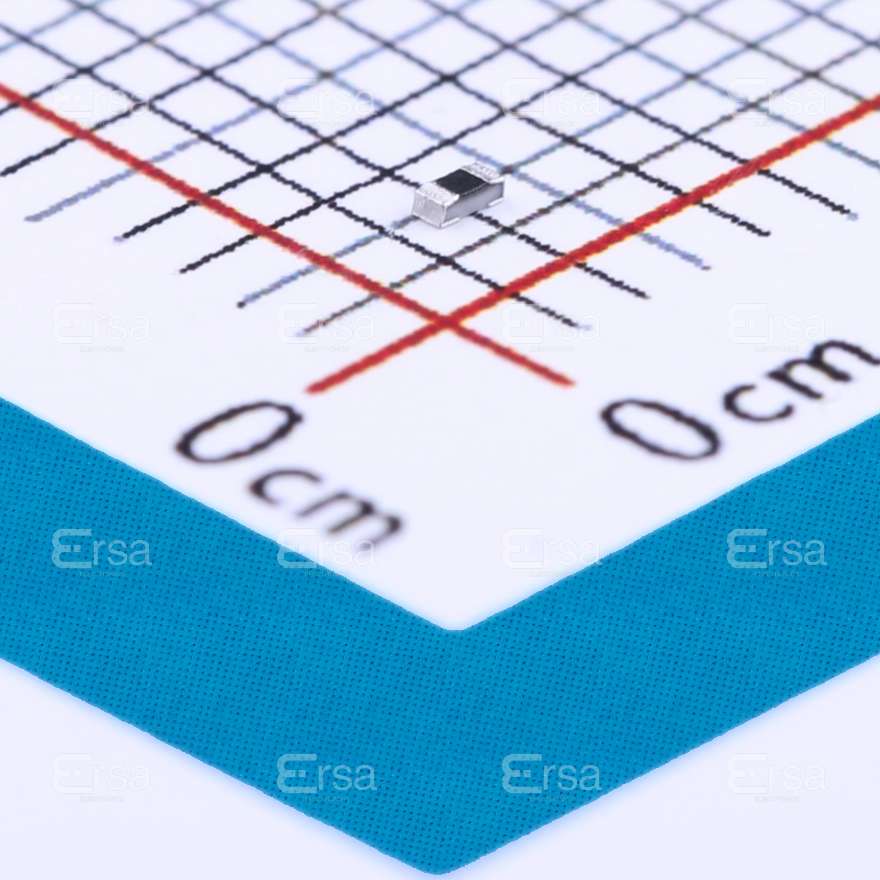
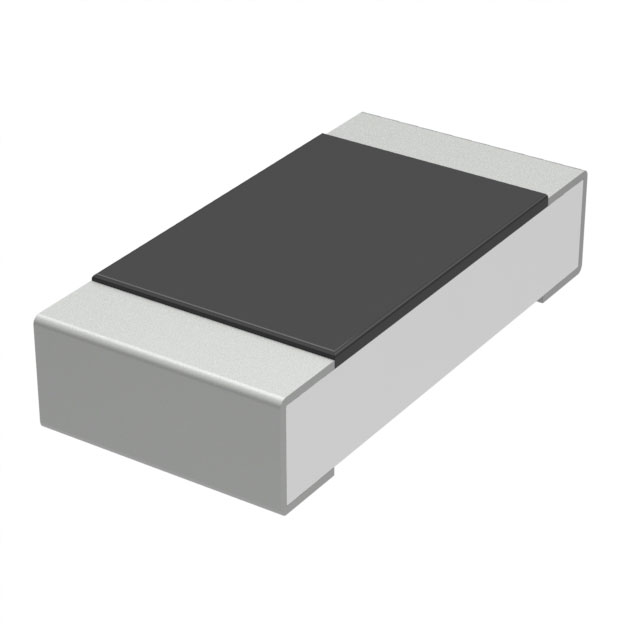
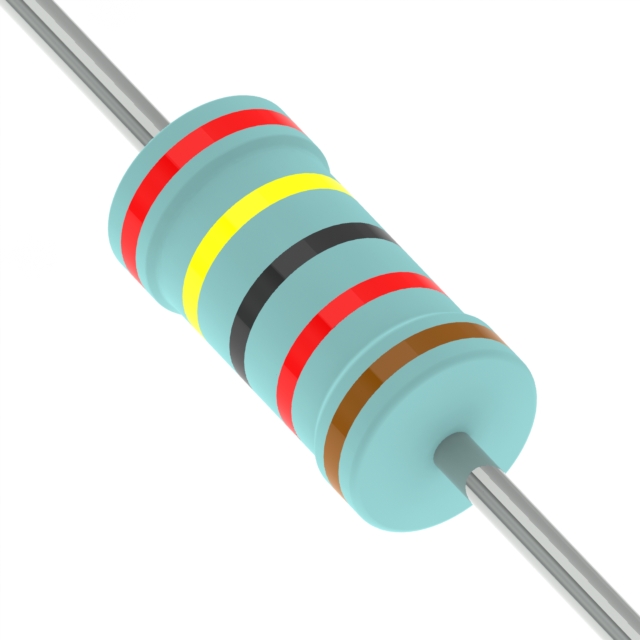
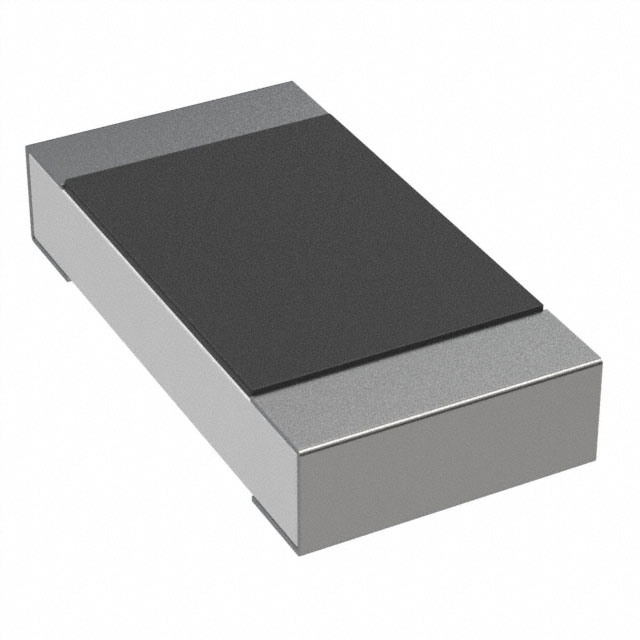
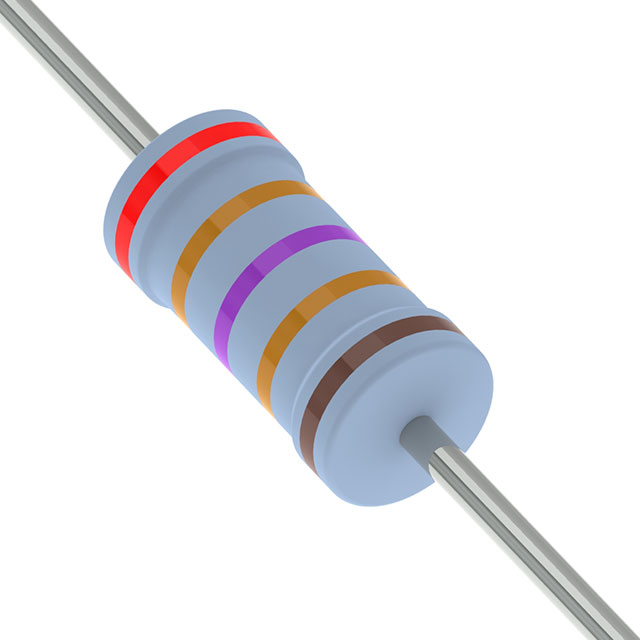
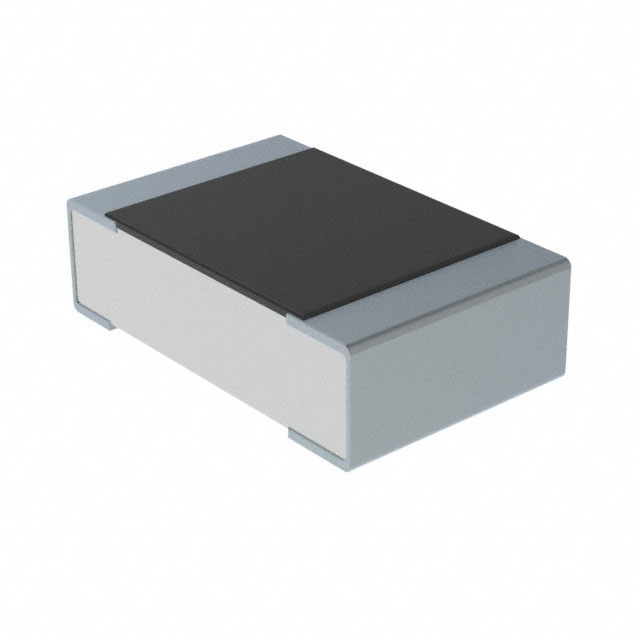
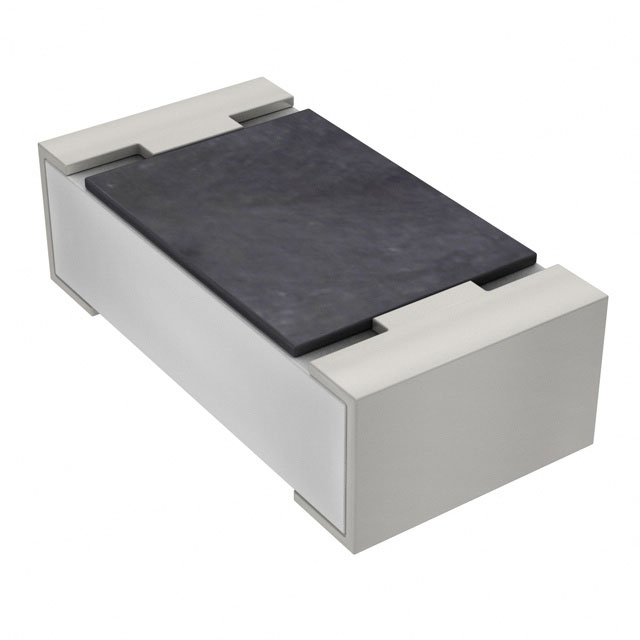
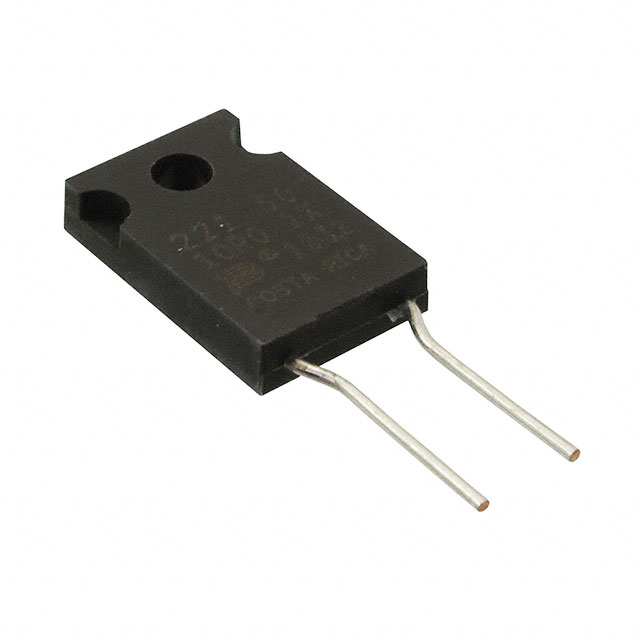







.png?x-oss-process=image/format,webp/resize,h_32)










